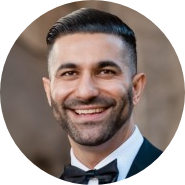Drawing is a way to visualize how you want something to look and feel like before you turn your animation drawing ideas into bona fide animations! It helps you communicate your vision as an animator to others, and ensure that the final product looks as clean as you envisioned it in your head.
There are lots of different ways you can use drawing techniques to improve your animation skills, but here are seven particularly useful animation drawing ideas in this blog!
1. Draw from Real Life
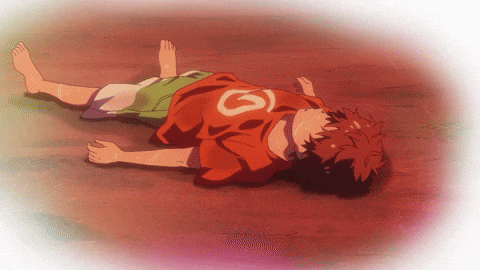
GIF by Crunchyroll via GIPHY
It's important to draw from real life - doesn't art imitate life? You can learn a lot about how things move, look, and feel by drawing from the life that surrounds you. This will help you understand how perspective works and how light and shadows work as the best example might just be what's in front of you!
Drawing from memory is also very useful as an animation drawing idea because it helps you remember what it feels like to do something in real life, which makes it easier for you when you animate that action later on.
Drawing from memory is also a great way to learn new skills because you can take your time and practice something over and over again until it feels right. This is called “the 10,000 hours rule” and it means that if you practice something for 10,000 hours (or about 5 years), then you will become an expert at that skill!
2. Animation Drawing Ideas from Your Imagination

GIF via GIPHY
Draw from your imagination. This is probably the most important thing to do when learning certain animation drawing ideas, because it helps you develop your skills as an artist and gives you a better understanding of how things move in real life.
When I say "draw from your imagination," I mean that you must draw what comes out of your head--whether it's an object or person walking down the street, or even just something like a tree blowing in the wind (if that seems too easy).
The key here is to always draw what you see in front of you, whether it's something simple like a tree or something more complex like an action scene with people running around and fighting one another. By doing this, your brain will learn how to translate what it sees into animation drawing ideas on paper, which is one of the most important skills that any artist animator must have.
3. Draw from Actors' Performances

One of the best ways to improve your animation drawing skills is by drawing from actors' performances.
- Draw the facial expressions of the actor. This is probably one of the most important things you can do as an animator, especially if you're working on a 2D animated project. It will help you get into the mindset of what it's like to animate a character and bring them to life on screen!
- Study how their body language moves with each line of dialogue or action they perform during filming, especially if there are multiple takes where they might make minor adjustments between each one. This will help give more realism and personality into each scene because it shows how much thought goes into creating even simple actions such as walking across a room versus running around wildly like crazy person (which would be fun too).
4. Animation Drawing Ideas from Your Doodles
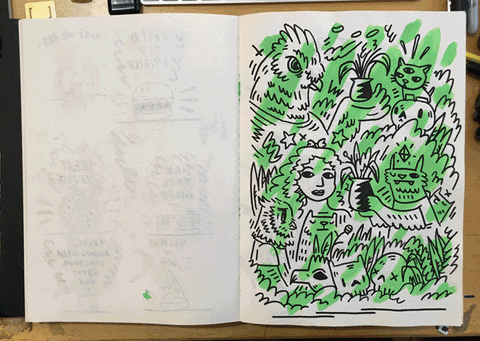
Doodling or sketching is a great way to relax and let your mind wander. It can also be used as a tool to help you solve problems, think about things in new ways, remember things, or learn new skills!
Doodling is something that everyone does whether they realize it or not. We all have at least one thing we are good at doodling (mine is faces). If you're interested in getting better at drawing and animating in general then I recommend trying this method out!
5. Translate Scripts into Storyboards
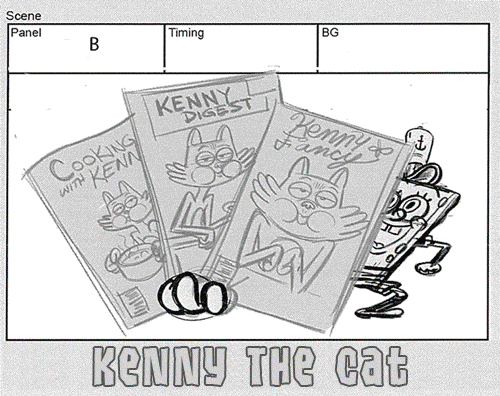
GIF by SpongeBob SquarePants via GIPHY
Storyboards are a visual representation of a script. They're used to plan out the animation, and they can be drawn by hand or computer generated. The main purpose of storyboards is to show the flow of your story, but they are also helpful for communicating with others about your ideas!
At its core, if you practice animation drawing ideas and turning them into storyboards, you are essentially animating already! So translating how words turn into action is kind of like how you as an animator translate drawings into moving pictures - magic isn't it?
6. Watch a Scene in Slow Motion, Then Draw it Fast
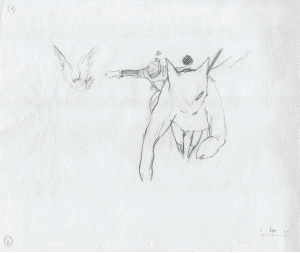
This is another technique that can help you improve your animation skills. The idea here is to watch an animated scene in slow motion and then try to draw the same thing at regular speed.
As with any other method, there are certain things you should look for when doing this: timing and proportions are key! If you can't get those right, it won't matter how good your drawings look because they won't match up with what's happening on screen--and no one will be able to understand them!
7. Draw Frame-by-frame Animations
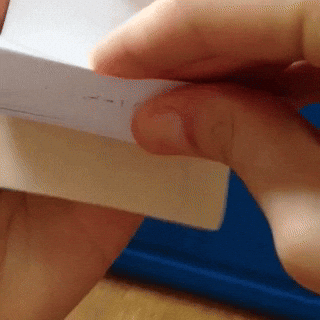
One of the best ways to improve your animation skills is by drawing every frame by hand and then scanning them. This will allow you to see how the animation will look and feel, which is great for visualizing things like timing and pacing.
You could also use a scanner if you don't want to draw every frame yourself! Just take some time with this method until you're comfortable enough with it so that when you animate digitally, it feels natural and fluid in comparison.
Great Animation Drawing Ideas Lead to Good Animations

GIF by David Koblesky via GIPHY
Drawing is an important part of animating, and it helps you to visualize how you want something to look and feel like before you create it in animation or film. It's also a great way for beginners to practice their skills!
Drawing from real life will help you understand the world around us better so that when we get into drawing our own characters' poses or facial expressions, we'll know what makes sense for them based on your own experiences as well
If you would like more information about other animation drawing ideas and how to improve on your work as an animator, be sure to follow our blogs, check out our free masterclass, and our Animation Business Accelerator Program, download a copy of our free marketing handbook, and check out our blog on “How to Start an Animation Studio”!

